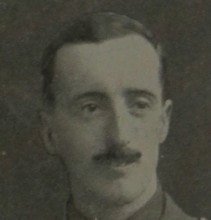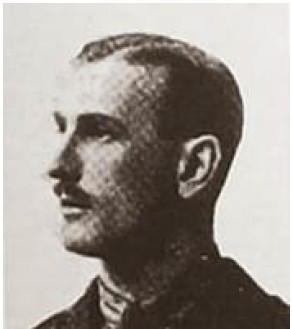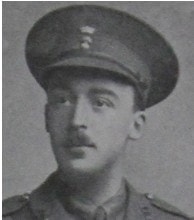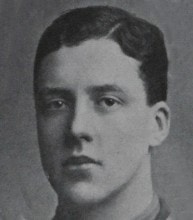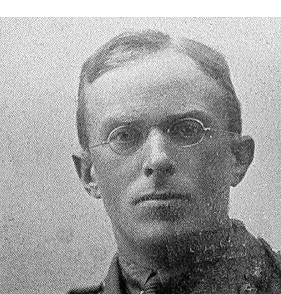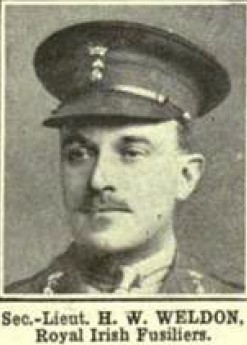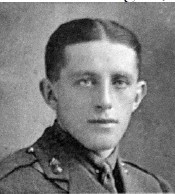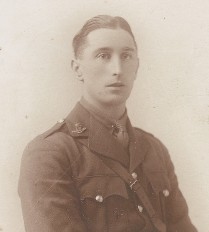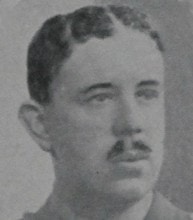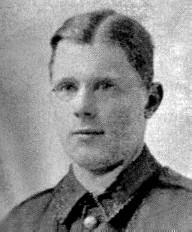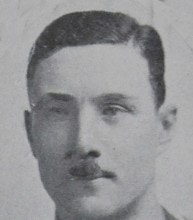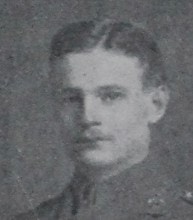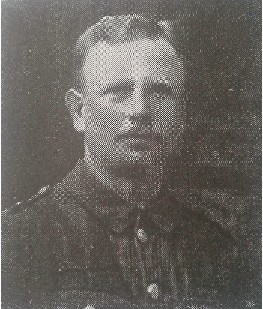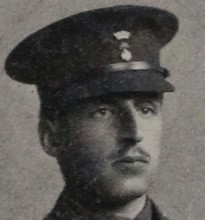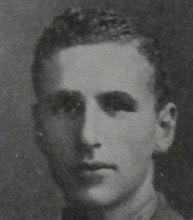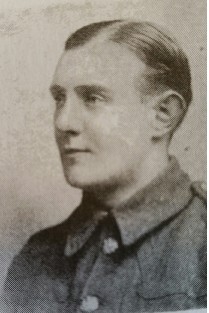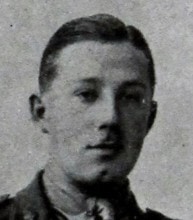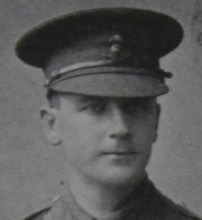
2nd Lieut., 7th (Service) Battalion. Royal Dublin Fusiliers, younger son of Capt. John Weatherill, of 6, Ailesbury Road, Dublin, Shipowner, by his wife, Margaret, daughter of Archibald Mackenzie; b. Dublin 19th March 1887;. Educated at St. Andrew’s College, Dublin; Fettes College, Edinburgh; the Armstrong College (Durham University), Newcastle-upon-Tyne, where he obtained at the age of 20 his B.Sc. degree in Naval Architecture and Engineering, and after serving his time as a Marine Engineer, gained his First Class Certificate, and subsequently became a Partner in his father’s firm of Shipowners. At its formation in September 1914, he joined the “Football” Coy. Of the 7th Royal Dublin Fusiliers (having previously been a Member of the Monkstown and Lansdowne Football Clubs), and was elected by the Company, to Sergeant of the Machine Gun Corps.
On his being gazetted 2nd Lieut, in March, 1915, he was transferred to another company of the same Battalion. He left for the Dardanelles 9th July, 1915, and in the last letter received from him, dated 14th August 1915, said:
“We got here a week to-day, and I expect you will have heard by now all we have done so far. We landed under a very heavy shrapnel fire. Russell and I were left behind on the boat to load the stores of the Battalion, and before we landed our first wounded started to come back. Then and old Taub flew over, dropped a bomb – which just missed us by inches – and gave those on shore the range, so we got shelled before we even got into the lighter. They did not hit us, however. We then landed and had to unload the boat on the beach. They got the range of us alright and we had some very narrow shaves. My water bottle was hit. Luckily we had no casualties. I will not tell you any more till I get home, except that all my fellows have behaved splendidly, and one, P.Quinn, has been mentioned. He was out sniping with me from an advanced trench on Thursday, and we got four of the snipers, so Irecommended him this morning….I am fit and well, and so far have been very lucky”.
He was killed in action at Suvla Bay 16th August. 1915; unm.
Letters received from officers and men alike testify to his gallant conduct. Capt. J.Lucie Smith, B Coy.,wrote:
“He bore himself in a most gallant manner, and at ‘Chocolate Hill’ brought in five wounded men under fire, for which deed he has been mentioned in dispatches.”
Lieut. R. Douglas, Machine Gun Officer,
“From the moment we landed was splendid. He was in the thick of all the worst fighting round Hill 53, (the original position held by our Battn.), he was seen on day carrying five different wounded men of ours under terrible fire, leaving his own trench each time to do so. It was on the early morning of Monday last, the 16th, that he was killed during a bomb attack by the Turks. At the time he was hit he was rallying some men of another battn. who were breaking up. He succeeded in getting them back, and so saved the position for us, but in doing so he was killed. No praise could be too high for the manner in which he fought, lived and died out here; he was wonderful.”
L.-Corpl. Fraser, Machine Gun Section, now Lieut,in Connaught Rangers:
“We had a very severe shelling on landing, and your brother distinguished himself on several occasions for bravery, leaving the trenches and bringing in five wounded men under fire. On other occasions he displayed his fearlessness of danger also. 1 need hardly say his deeds have commanded the admiration and respect of everyone”;
Sergt. Charles E. Sawyer, B Coy.:
“He was a fearless leader and a good friend to us all. The event of Lieut. Weatherill’s death needs some explanation. We were ordered to take up a position on a long ridge overlooking the sea. And B’ Coy., with Engineers, had to dig a fire trench from the top down to the sea, and occupy it in the front line. In going towards this position in firing line formation No. 2 platoon became detached from the remainder of the Coy., the night being so dark. Mr. Weatherill then ordered us under cover while he went out to look for our Coy. He went to the top of the ridge, where the Royal Irish Fusiliers were keeping the right flank and found they had lost all, except one wounded, of their officers, and the men in a state of depression. Lieut. Weatherill returned to us and told me to go with him to where the Royal Irish Fusiliers were posted, and ordered me to find their N.C.O.’s and rouse the men as much as possible.and ordered me to find their N.C.O.’s and rouse the men as much as possible. I found they had only one L.-Corpl., and after some persuasion got the men to keep a lookout to ensure their own and our safety. We were thanked by their poor wounded officer and were returning to our platoon when Mr. Weatherill stopped and told me he felt it was his duty to stay with the Royal Irish Fusiliers, and ordered me back to take command of No. 5 and join up with the Coy. as soon as possible. He wished me goodbye and to do our best, and left me. That was the last I saw of him alive. Next morning the fighting was very great and I heard the Royal Irish Fusiliers were being badly pressed and I went to the top of the ridge and learned from one of their men that Mr. Weatherill had been killed at daybreak (only a few yards from his great friend Lieut. Russell). I must say I was with Mr. Weatherill from the moment of landing in that, terrible advance round Salt Lake and other places, and can truly say that a more brave and cool officer never took men into action in that awful Peninsula, and he fell in the knowledge that he was doing his duty and died as only a gentleman and a British Officer can die.”
Weatherill was mostly on the second XV in Lansdowne but had played for the firsts. He was on the committee of the club.
